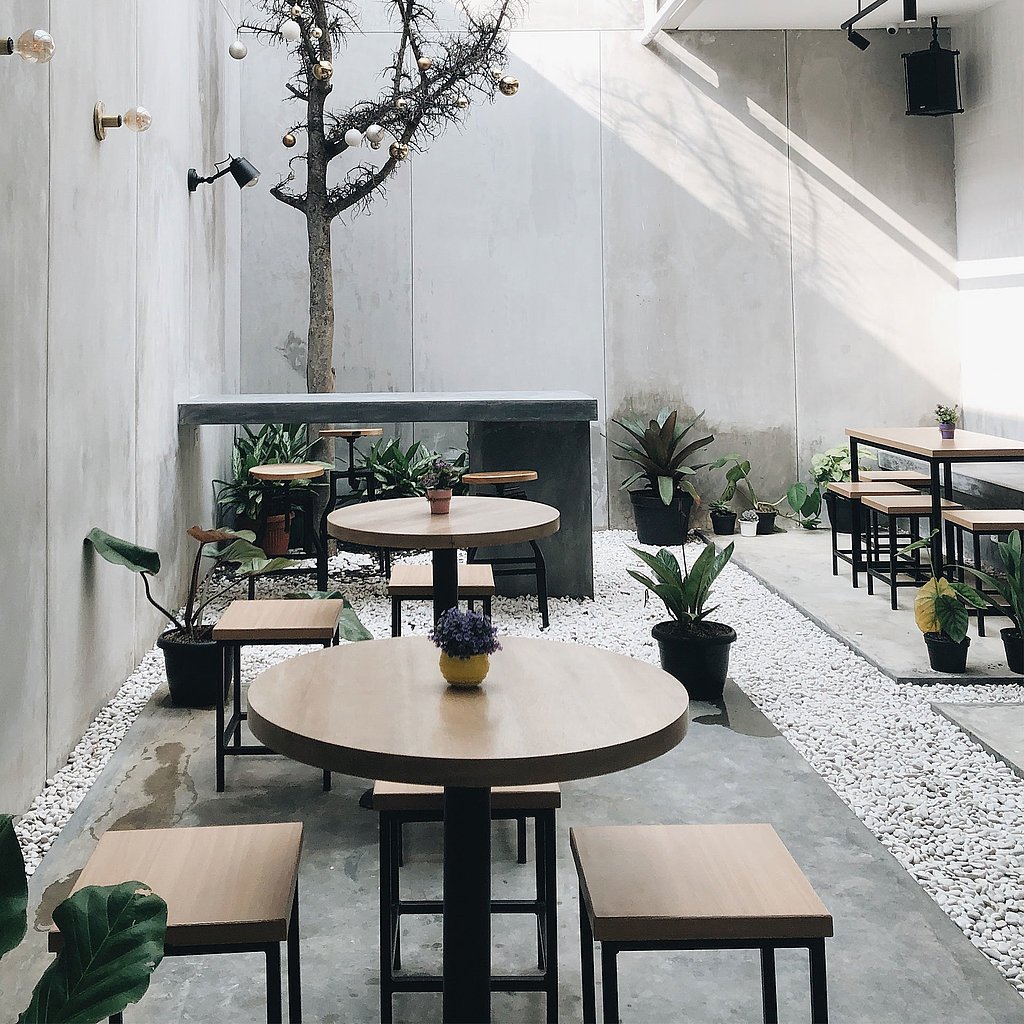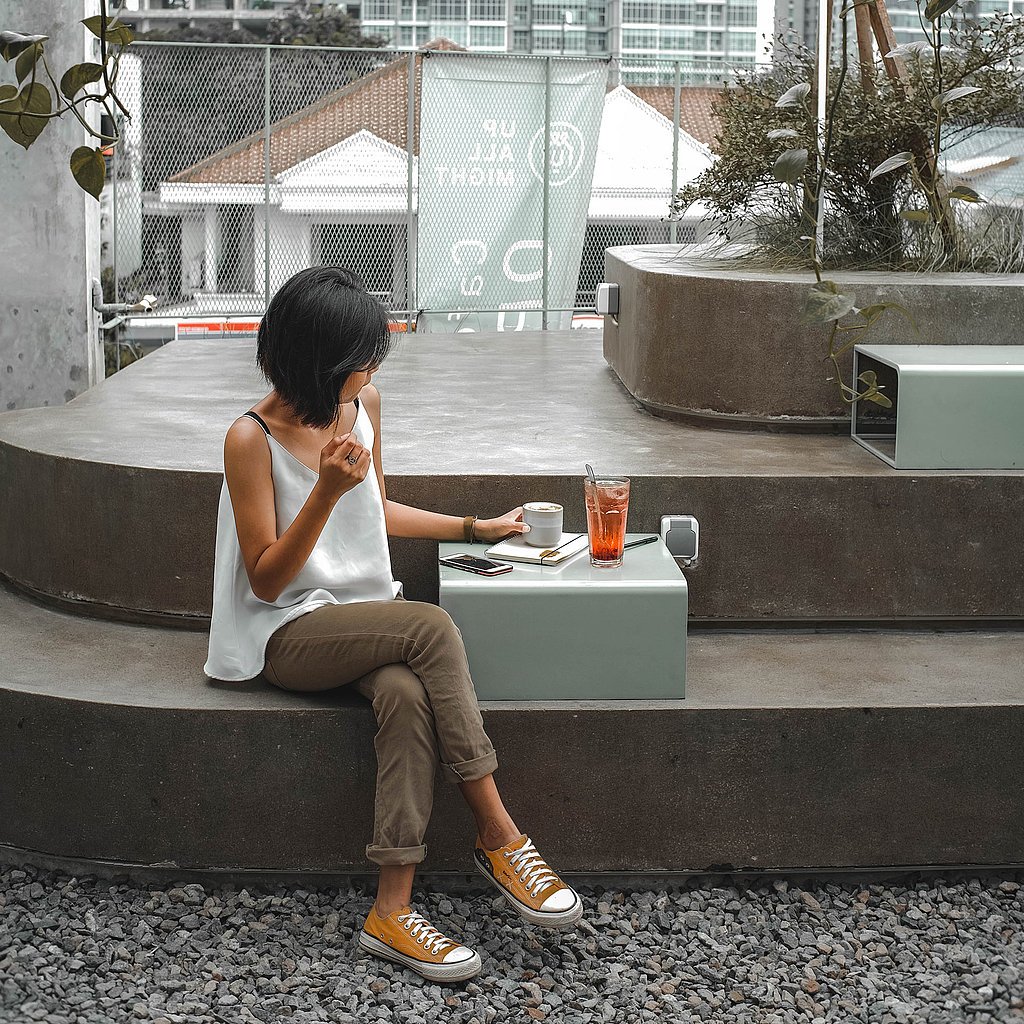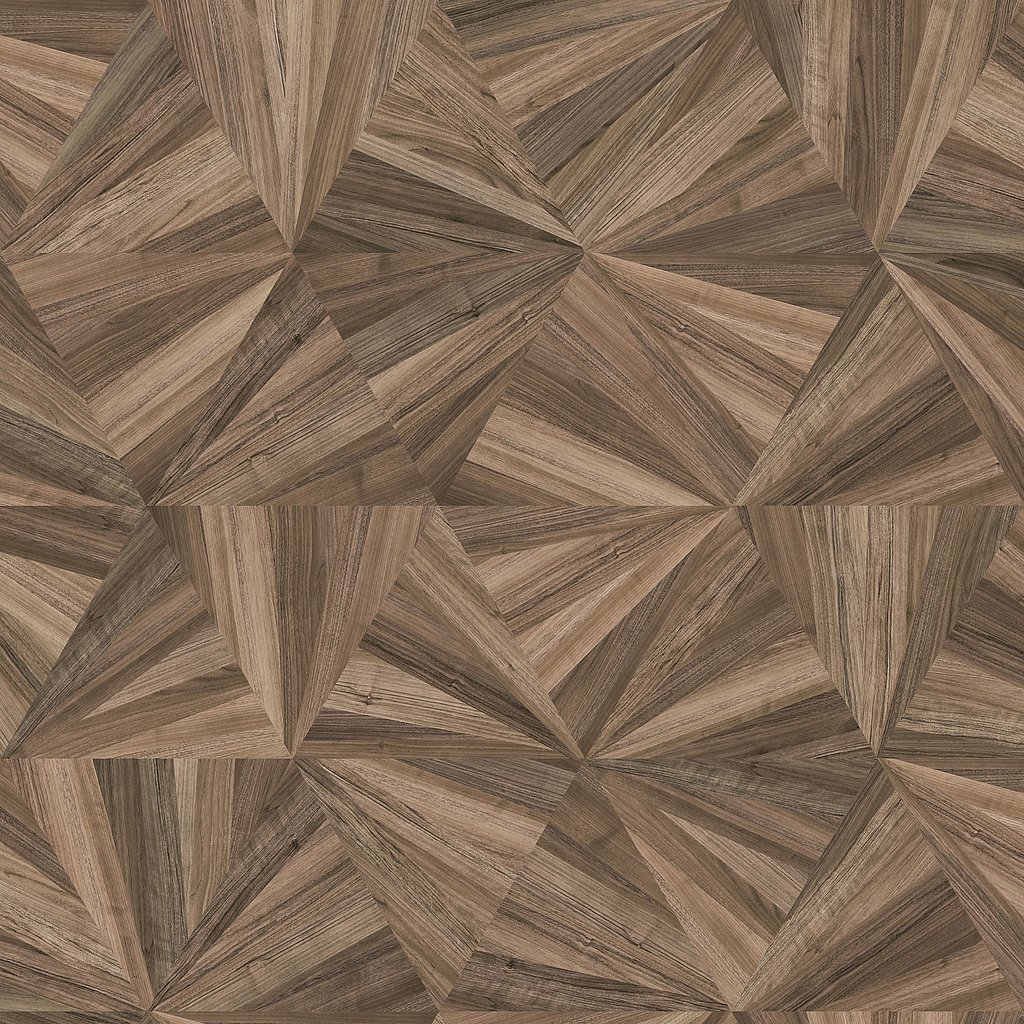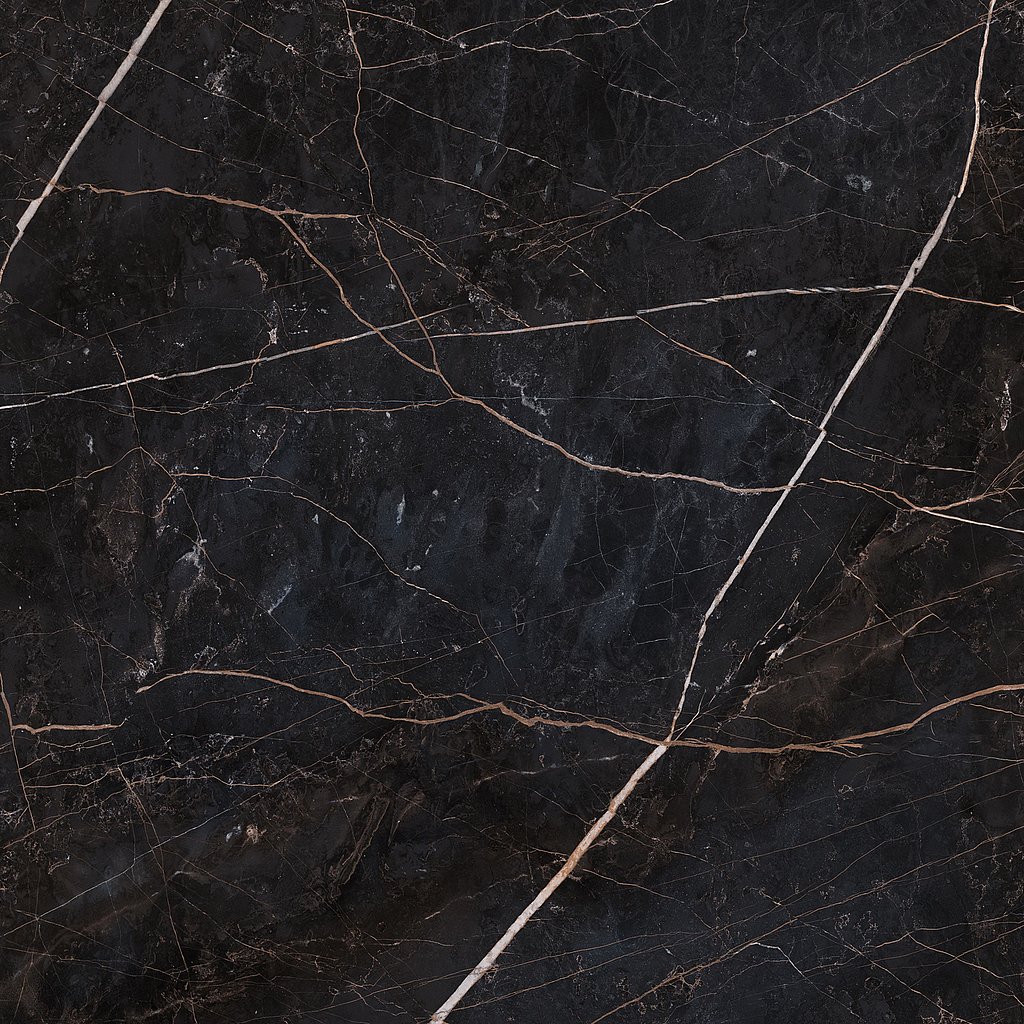How brick-and-mortar stores are evolving into hubs and ecosystems
Our designers discuss a new trend.
Retailers, service providers and chain stores are leaving the comfort zone of their stationary points of sale. They are extending their stores, evolving them into multifunctional, hybrid shops, hubs, ecosystems, and are generating added value in increasingly fast-paced, competition-oriented and cosmopolitan markets.
With the utmost creativity, they are providing for new customer experiences, customer loyalty and sales opportunities: in addition to the offerings of their regional points of sale, they are also making their goods and/or services available online more and more frequently. Or store areas are being repurposed as showrooms and training venues. After closing shop, some bakers are transforming their sales space into a veritable stage for micro-influencers: surrounded by photographers and camera teams, they create images and videos for their sourdough communities. Local salespeople are becoming inspiring product storytellers and multipliers with incredible reach. Master cake and pastry chefs are turning into mono-theme ambassadors and suddenly developing alter egos as cake bloggers or muffins vloggers.


Individual customers whose loyalty was once hard to win are consolidating into easy-to-access target groups as a result of this trend. They indicate valuable customer touch points to vendors – in real life as well as on social media channels.
Our designers Michela Avancini from Italy, Han Yu from China and Leslie Randolph from the USA talk about how this trend is presenting itself on their corresponding continents. And with which decors and surface properties Schattdecor can support this development.
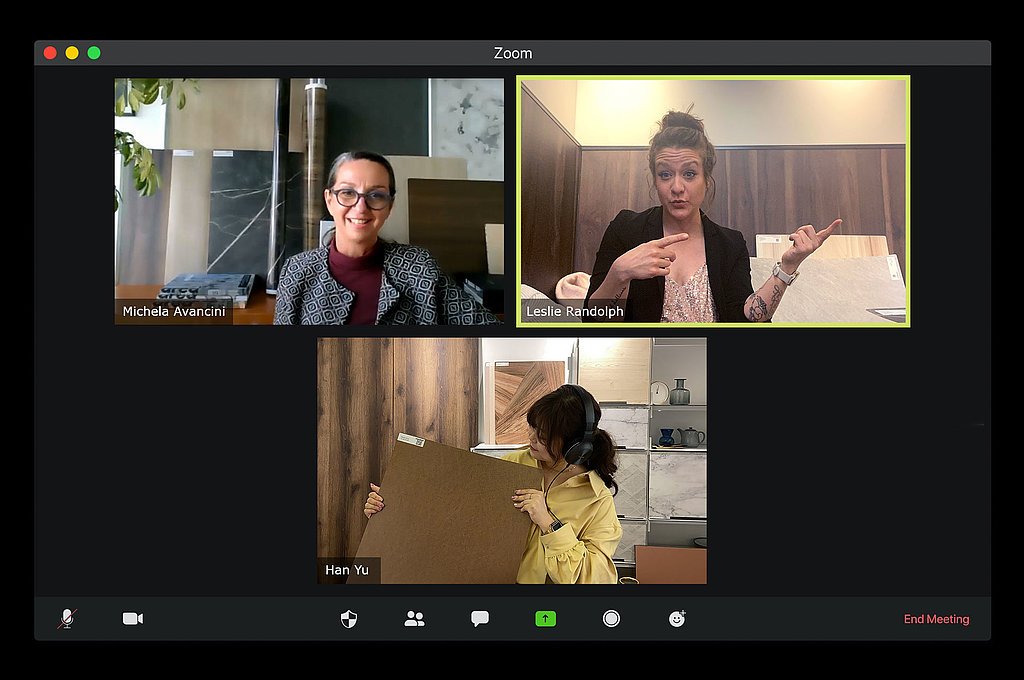
"So what does this trend look like in your neighborhoods, Michela, Han and Leslie?"
Michela: “Well, here in Italy, many people felt forced out of their comfort zone, leaving all things familiar behind them. On the quest for positive experiences, many of us set out on new paths and learned things which we would have previously never dared to try. I’ve observed an extremely strong tendency towards the trades here, for instance. Necessity being the mother of invention, with the support of do-it-yourself videos, we Italians are relearning how to do things ourselves in our own home, getting active on the design front or at least in terms of repairs.
At the same time, I’ve noticed that stores and businesses (likely as a result of this new spirit) are evolving more and more into hubs for people: new offerings such as workshops or seminars are extending the range of consumables, intensifying customer experience and bringing people together. Here’s one example: at the bakery around the corner from here, I can still buy focaccia – but at the same time, I can also hang out there or even book a workshop either online or in person, and learn how to bake focaccia myself.
Or take bookstores and libraries! Today, they no longer just sell or lend media, but instead are becoming community meeting places and important social, cultural and sociopolitical hubs.”
Leslie: “Absolutely, Michela. We are seeing a similar dynamic in North America. The retail trend seems to be leaning on ecommerce in an impactful way. Many brick-and-mortar hubs are reliant on employing a staff of influencers that livestream, share product photos, stories and tutorials in efforts to influence online sales. These influencer teams represent a more realistic and inclusive picture of the modern consumer.
North American consumers are enthusiastically embracing ‘experiential shopping’. Brick-and-mortar stores are seeing success when they focus on visual engagement that can easily be shared to social media. Brand development outweighs product development, making it easier for people to meet and connect in these spaces based on common interests. As people, we have the opportunity to reconnect in these new spaces, meet up digitally or in person, and establish new contacts on the basis of common interests.”
Han: “Here in China, customers are embracing these new worlds of consumption and are filling them with life. With this ‘multiplier trend’, stationary businesses, stores and chains are blossoming into entire ecosystems for specific consumption-related and information-related subjects. They are transforming themselves into experience hubs, where people come together on account of these subjects.
Parallel to this, the long-term trend of people meeting up at large malls to shop is taking hold here in China, too. This has meanwhile assumed an event character here. What’s new is that the shopping centers are concentrating more and more on making their customers’ visit a pleasant one. It is now completely normal for there to be trained educational staff on hand to take care of children while parents shop.
And that’s why I share your opinion 100 percent: in order to survive commercially, or in order to distinguish yourself from the competition, stores need to keep finding new even better added value here in China as well. In future, shopping will increasingly become an experience: events, inspiring customer services, workshops, seminars, rapid deliveries, hybrid orders at the POS and online, customized catalog products, etc. In China, everything is ultimately leading toward providing customers with the chance to make new experiences in connection with the product.”
“How would you describe the trend?”
Leslie: “I personally like to call this next-generation trend ‘Retailer 4.0’, because the drivers of the trend represent a revolutionary new approach. What unites and drives them, in my view, is creativity and a passion for what they do. Suddenly, regional niche expertise no longer limits businesses. Quite the opposite: specialization instead of generalization with simultaneous opening up to digital marketing can mean enormous marketing advantages for some industries today.
The influencer trend attracts loyal customers through transparency and reliability. Socialized fan communities provide a virtual platform where sales associates and customers can share their product and service experiences honestly and openly. These open lines of communication create a seamless transition between the real and virtual world, in some cases intriguing once strictly virtual shoppers to visit the brick-and-mortar location."
Michela: “Here in Italy, franchise department stores have been offering customer courses for ages, Leslie and Han. They want to, let’s say, ‘empower’ their customers with an improved customer experience and train their professional skills, which is why I also view this trend as being an empowerment trend, no doubt about it. At the Brico chain, we can, for instance, learn how to lay tile, or repair the drain in the sink, paint an outside wall, etc. At our garden centers, they teach you how to prepare your yard for changing seasons, prune plants and use fungicides properly.
And another thing, even banks offer courses for their customers, showing them how they can best manage and grow their ‘tesoretto’, their little fortune.
What I observe is that all of these businesses are changing themselves back into a combination of workshop/laboratory and enterprise. Their approach provides customers – just like it was centuries ago, by the way – with the goods and, on the other hand, with the knowledge of how to make best use of those goods.”
Han: “As you already mentioned, Leslie: if you only view this trend from a purely economic perspective, then the ‘ecosystem’ approach provides chains, retailers and service providers with all new consumer groups and consolidates the customer base according to their consumption-related interests to turn them into attractive new target groups that are open to upselling and/or cross-selling. The trend is leading to reliably socialized fan communities worldwide. The fight for loyal regular customers who are able to smoothly navigate the real world and the virtual world is impossible to overlook.
Seen from a societal perspective, however, there is of course plenty of socializing within such subject-based communities. You could go as far as saying that there is a high level of social significance attributable to this development, which will shape how we live together in the future. How do you see it, Leslie and Michela?”
DIY is booming
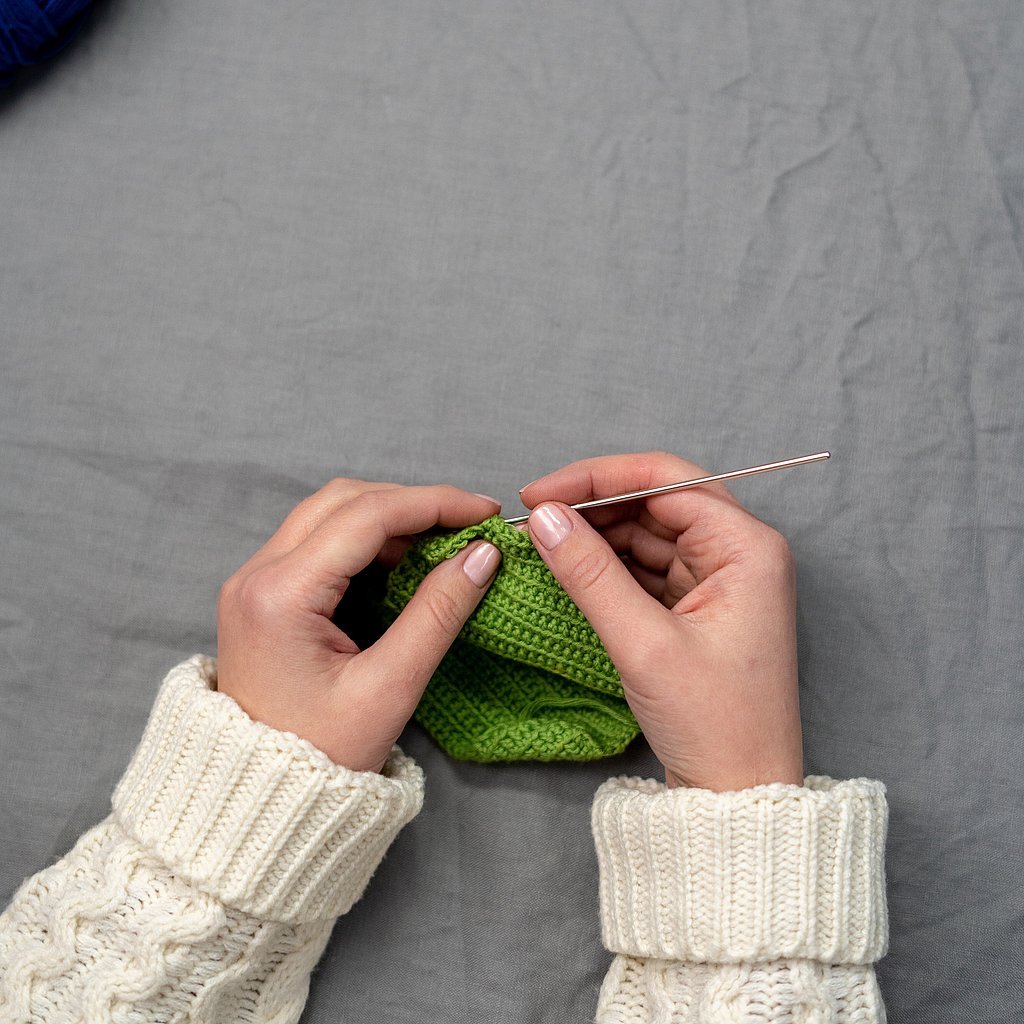
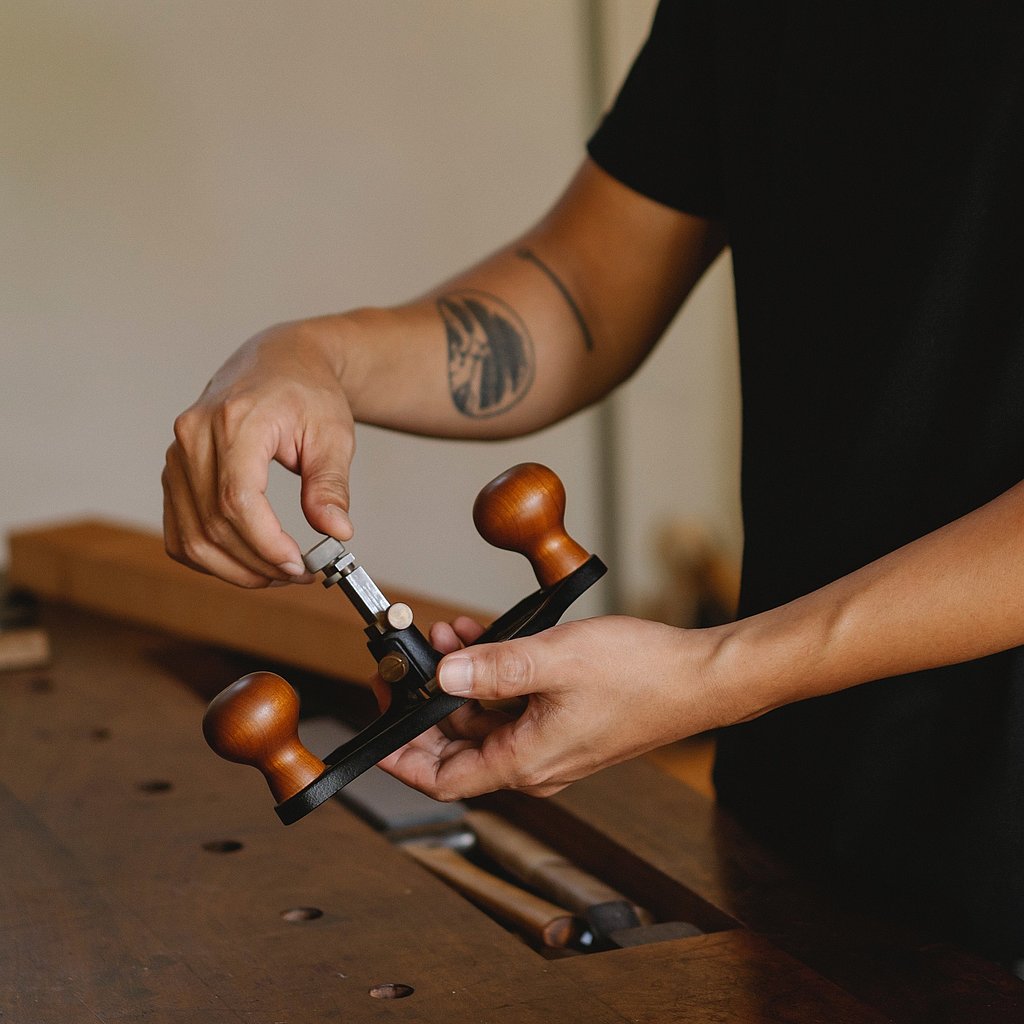

“And how much ‘real’ social emotion does the trend contain?”
Michela: “Well, if you ask me – I personally view this development as ‘real’ socializing. The world is changing and the linear programming that belonged to a past before digitalization is disintegrating.
And from where I stand as an Italian, I am well aware of how closely linked social ties and consumption are. Here’s just one example: the whole world marvels at our sociable coffee culture. Here in Italy, it’s absolutely normal to drink an espresso in a bar and enjoy a little conversation with others, who are often complete strangers. And when shopping, even in the major international store chains, people here still expect friendly, personal service. This is a different story in many other countries. By which I only mean to say this: as a result of our culture, we don’t really distinguish so very much whether socializing and consumption can happen at the same time, in fact it’s quite the opposite. For us, it’s maybe more of a matter that this approach needs to be authentically and honestly meant. And as a result, it’s seen as something positive if you can take a sommelier training course at a wine merchant’s. Of course, what happens there is mainly consumption! But also the experience of community, entertainment, pleasure, enthusiasm and new skills.”
Leslie: “That’s it in a nutshell, Michela.”
“With which decors and material properties can Schattdecor support the world of these new ecosystems and hubs?”
Michela: “I already mentioned the new do-it-yourself trend in Italy. This renaissance of our trades-based skills and a world of the ‘artigiani’, i.e. of tradesmanship or artisanship, is really strong here in Italy.
We have rediscovered our closeness to the material of design, be it wood, stone, metal, e.g. brass, textile or basketwork. And this is already presenting itself in new furniture designs. Manufacturers integrate basketwork in their furniture or set definitive accents using wood and metal. Their concepts now revolve around one thing all the more: the person. In this regard, I also see a focus in our surface decors in the case of such do-it-yourself reproductions.
My favorite decors just now and in connection with these new communities are CHADNA, KALAMOS and MOON. They pick up on the artisanally inspired look and feel, strike una bella figura in the showrooms, but also maintain their position with ease as a result of regular workshops and groups.”
Michela’s decor selection
Han: “Nice choice, Michela. I’d like to follow up on that by recommending VALONGO, first up because it brings together an express naturalness and an appealing metallic feel. The design of MATERA SHINE, on the other hand, I see more in generously proportioned spaces. When used on a large scale, it generates an engaging look and feel, while also being perfectly suited for finish applications. My third favorite is the digital decor TRIANA. With genuine creativity, its subtly colored strip design sets itself off against the usual look of crosshatching or wood grain surfaces, while a visual impact that is practically artistic fills the space.
Oh, and one more thing: I’ve also noticed a clear demand for quality in these new worlds of consumption. The surface properties need to be robust and able to withstand heavy use. Here at Schattdecor, we can deliver the surface decors and surface properties that these new target groups, ecosystems and hubs need.
In combination with our Digital Visions decors, it takes high-quality, hard-wearing, multifunctional surface properties: everything hinges on flexibility, scuff resistance, particular durability and robustness. Depending on the situation, anti-fingerprint effects, extreme additional strength or moisture-repellent qualities may be decisive. In any case, we can implement everything in detail that Retailers 4.0 need (thanks for the term, Leslie!).”
Han’s decor selection
Leslie: “Sure, Han (smiles). And I can only agree with what you two said. I would also like to emphasize how these new designs that we see among the influencers on the internet and in the stores will also reflect back on the communities.
All the designs that these new generations of influencers are staging themselves in front of, in these new consumer worlds between point of sale and YouTube, these designs will also trigger the need and demand for people’s homes.
Personally, I currently see three decors trending in this context:
The first one, FIRESTONE has a lot of visual interest. It compliments a multitude of wood grains and textiles. MAGNOLIA, the second one, has a soft overall impression and many natural grain details that make it authentic and welcoming. And, again, I have to agree with Han: VALONGO is just cool: It’s a nice stone/concrete hybrid in great colors that sit perfectly with many different aesthetics.”
Leslie’s decor selection
Thanks for talking with us, Han, Michela and Leslie!


